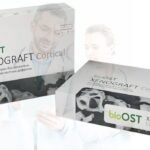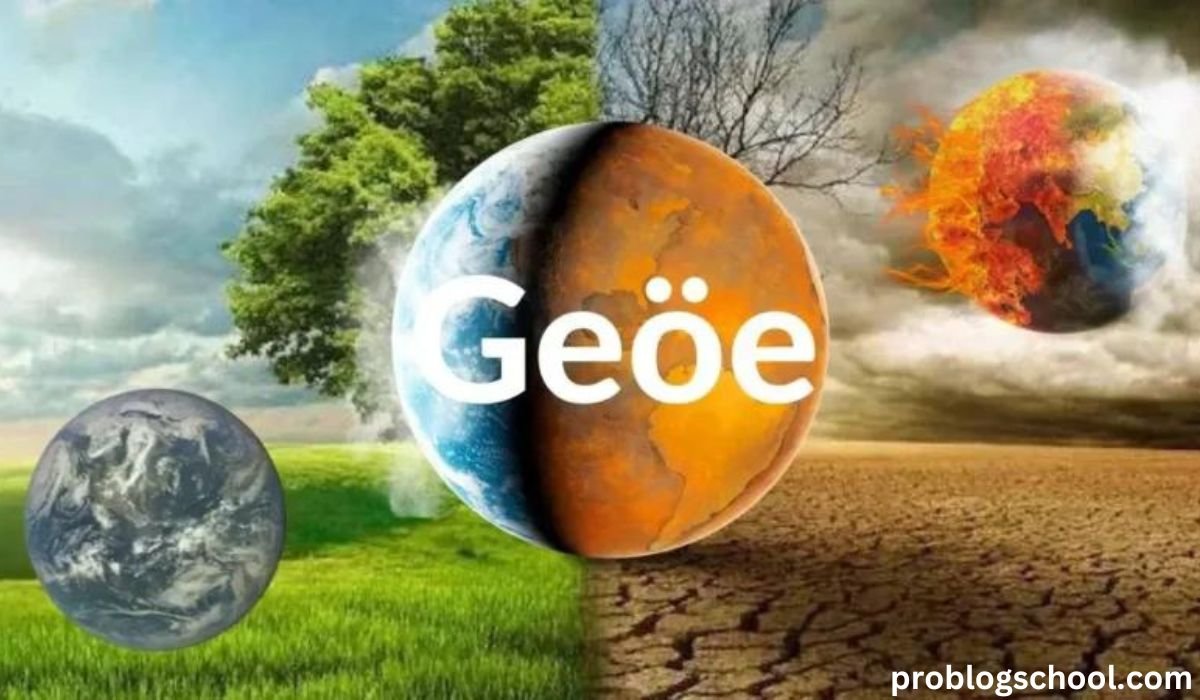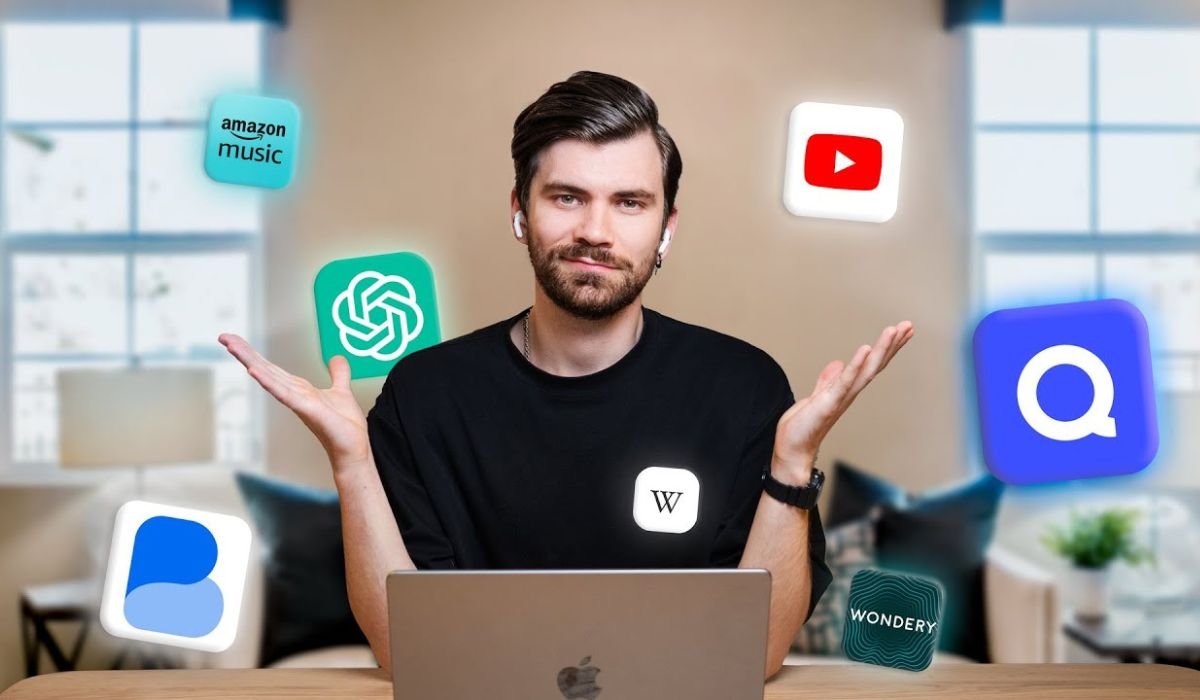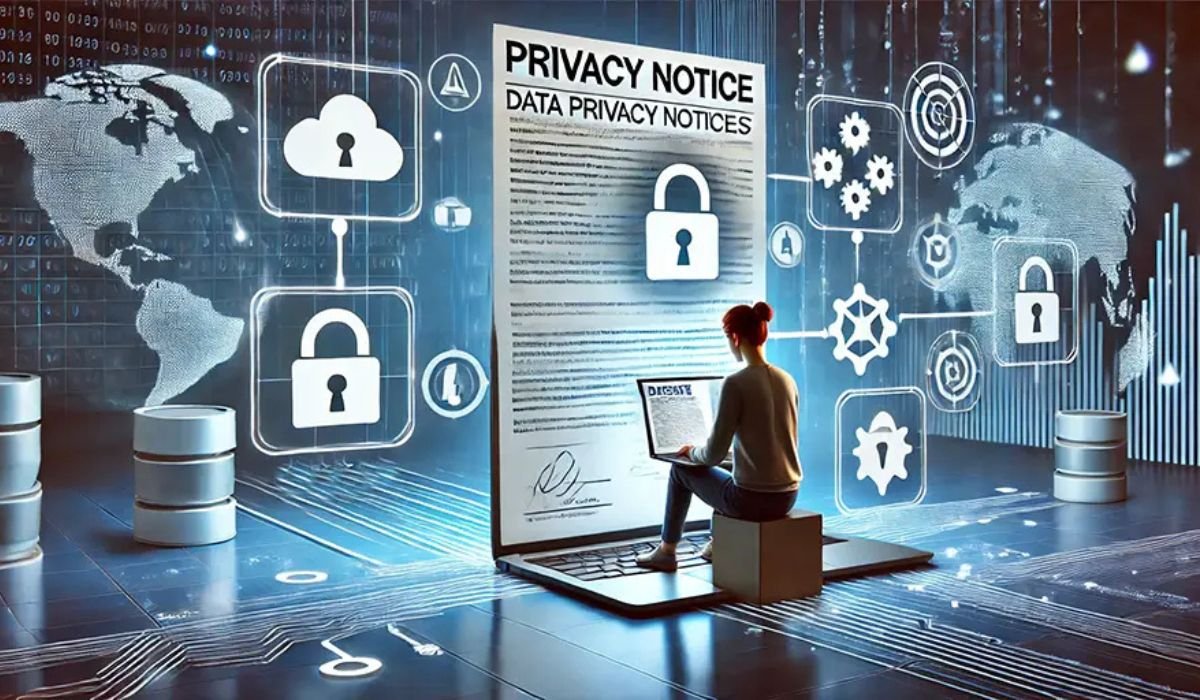Introduction
Imagine living in a world where technology is ingrained in every part of your existence, resulting in an immersive experience that makes it difficult to distinguish between the actual world and the virtual world. This is the potential of Geöe, a novel idea in contemporary technology that is gaining popularity quickly in a number of sectors. However, what is Geöe exactly, and why is it important?
We will go further into the idea of Geöe in this piece, looking at its history, the technology behind it, and its possible uses in a variety of industries, including entertainment, healthcare, education, and urban planning. You will have a thorough knowledge of why Geöe is positioned to completely transform how we interact with the world around us by the conclusion of this article.
What is Geöe?
Definition
Geöe is a cutting-edge technology framework that merges augmented reality (AR), the Internet of Things (IoT), and artificial intelligence (AI) to create interactive environments where digital information and physical spaces coexist. It allows users to experience a rich, interactive world where digital data enhances the physical environment, making everyday tasks more efficient, informative, and engaging.
Origins and Development
The concept of Geöe has its roots in the early advancements of augmented reality and IoT. These technologies laid the foundation for a more integrated approach to how digital and physical worlds interact. The term “Geöe” was first coined by visionary technologists who saw the potential for these technologies to create a new kind of experience, where smart cities, connected devices, and immersive environments would come together in a cohesive system.
Key milestones in the development of Geöe include the advancement of wearable technology, such as smart glasses, which allow users to see digital information overlaid on the physical world. Additionally, the proliferation of IoT devices has made it possible to collect and analyze vast amounts of data from the environment, which can then be used to inform and enhance the user experience.
How Geöe Works
Underlying Technology
At the core of Geöe is a sophisticated blend of augmented reality, IoT, and artificial intelligence. These technologies work together to create a seamless interface between the digital and physical worlds:
- Augmented Reality (AR): AR overlays digital information onto the physical environment. In the context of Geöe, this means users can interact with digital elements as if they were part of the real world. For example, a user might see real-time data about air quality or traffic conditions overlaid on their surroundings through AR-enabled glasses.
- Internet of Things (IoT): IoT involves a network of connected devices that collect and share data. In a Geöe environment, IoT devices might include smart sensors embedded in buildings, streets, or even clothing. These sensors gather data that can be used to enhance the AR experience, such as adjusting temperature settings in a smart home or providing real-time updates on public transportation.
- Artificial Intelligence (AI): AI processes the data collected by IoT devices and AR interfaces to make intelligent decisions and predictions. For instance, AI could analyze patterns in traffic data to optimize traffic flow in real-time, or it might personalize the user experience based on their preferences and behavior.
Integration with Physical Environments
One of the most compelling aspects of Geöe is its ability to seamlessly integrate with physical environments. This is achieved through a combination of AR interfaces and IoT infrastructure that work together to create a dynamic, interactive experience. For example, in a smart city powered by Geöe, users could receive personalized recommendations for restaurants or activities based on their location and preferences. Similarly, businesses could use Geöe to provide customers with immersive product demonstrations or virtual tours.
User Experience
The user experience in a Geöe environment is characterized by its interactivity, personalization, and efficiency. Users can engage with digital content in ways that are intuitive and natural, making it easier to access information, complete tasks, and enjoy entertainment. For instance, a student using Geöe in an educational setting might explore a virtual model of a historical site, interacting with different elements to learn more about the site’s history and significance.
Applications of Geöe
Urban Planning
Geöe has the potential to transform urban planning by enabling the creation of smart cities that are more efficient, sustainable, and responsive to the needs of their residents. Urban planners can use Geöe to visualize and simulate different scenarios, such as traffic patterns, environmental impacts, and resource management, before implementing them in the real world. This can lead to better decision-making and more effective use of resources.
For example, a city might use Geöe to optimize traffic flow by analyzing data from connected vehicles and adjusting traffic signals in real-time. This could reduce congestion and improve air quality, making the city a more pleasant place to live and work.
Environmental Monitoring
In the realm of environmental monitoring, Geöe offers powerful tools for tracking and managing natural resources. IoT sensors embedded in the environment can collect data on air and water quality, temperature, humidity, and other variables. This data can then be analyzed using AI to identify trends, predict changes, and inform conservation efforts.
For instance, a Geöe-enabled system could monitor deforestation in real-time, alerting authorities to illegal logging activities and helping to protect endangered species. Similarly, it could track pollution levels in urban areas, enabling policymakers to take action to reduce emissions and improve public health.
Healthcare
Geöe has the potential to revolutionize healthcare by providing new ways to monitor and treat patients. For example, IoT devices could be used to continuously monitor a patient’s vital signs, alerting healthcare providers to potential issues before they become serious. AR interfaces could assist surgeons during complex procedures by providing real-time data and visualizations of the patient’s anatomy.
Additionally, Geoe could be used to improve access to healthcare in remote or underserved areas. Telemedicine platforms powered by Geoe could connect patients with specialists around the world, providing high-quality care regardless of location.
Education
In the field of education, Geöe can create immersive learning environments that engage students and enhance their understanding of complex concepts. AR and AI can be used to create interactive textbooks, virtual labs, and simulations that allow students to explore subjects in a hands-on way.
For example, a biology student might use Geoe to study the human body by interacting with a 3D model that responds to their movements and inputs. Similarly, a history student could explore a virtual recreation of an ancient city, learning about its culture and architecture through direct interaction.
Entertainment
The entertainment industry is already beginning to explore the possibilities of Geöe, particularly in the realms of gaming and tourism. Geöe can be used to create immersive experiences that blend the digital and physical worlds in new and exciting ways.
For instance, a Geöe-powered game might take place in the real world, with players interacting with digital characters and objects that are superimposed onto their surroundings. In the tourism sector, Geöe could be used to provide virtual tours of historical sites, museums, and other attractions, offering visitors a more engaging and informative experience.
The Future of Geöe
Emerging Trends
As Geöe continues to evolve, we can expect to see several emerging trends that will shape its future development. These include the increasing integration of wearable technology, the expansion of 5G networks to support more data-intensive applications, and the development of more sophisticated AI algorithms that can better understand and respond to user needs.
Challenges and Opportunities
While Geöe offers many exciting possibilities, it also presents several challenges that must be addressed. These include concerns about privacy and data security, as well as the need to ensure that the technology is accessible and beneficial to all members of society. Additionally, there are ethical considerations related to the use of AI and AR, particularly in areas such as surveillance and manipulation of information.
However, these challenges also present opportunities for innovation and growth. By addressing these issues, developers and policymakers can help to ensure that Geöe is used in ways that are both responsible and beneficial to society.
Impact on Society
The impact of Geöe on society is likely to be profound, affecting everything from how we live and work to how we interact with the world around us. As Geöe becomes more integrated into our daily lives, it has the potential to enhance productivity, improve quality of life, and create new opportunities for innovation and creativity.
At the same time, it will be important to carefully manage the deployment of Geöe to ensure that it does not exacerbate existing inequalities or create new forms of social division. By taking a thoughtful and inclusive approach to the development of Geöe, we can help to maximize its benefits while minimizing its risks.
You May Also Like: Possiblyethereal and Modern Technology: A New Perspective
Conclusion
With the ability to build richer, more engaging experiences that blur the lines between the digital and real worlds, Geöe marks a daring new frontier in technology. We may start to imagine a future where technology improves every part of our lives, from healthcare, education, and entertainment to urban planning and environmental protection, by learning how Geöe functions and investigating its possible uses.
FAQs
What is Geöe and how does it work?
Geöe is an advanced technology that combines augmented reality, IoT, and artificial intelligence to create interactive digital-physical environments. It enhances user experiences by overlaying digital information onto the real world.
What are the main applications of Geöe?
Geöe can be used in various fields, including urban planning, environmental monitoring, healthcare, education, and entertainment, to improve efficiency and engagement.
How does Geöe impact urban planning?
Geöe helps urban planners create smarter cities by simulating traffic patterns, managing resources, and visualizing changes before implementation, leading to better decision-making.
Can Geöe be used in healthcare?
Yes, Geöe can revolutionize healthcare through remote monitoring, AI-assisted surgeries, and enhanced access to care, especially in remote areas.
What are the future trends for Geöe?
Future trends for Geöe include advancements in wearable technology, expanded 5G networks, and improved AI algorithms, which will further integrate and enhance digital-physical interactions.











